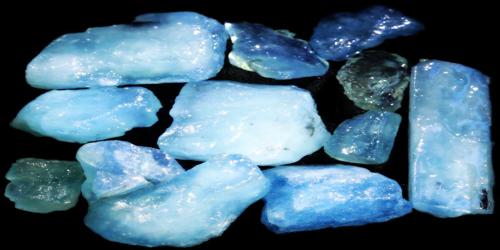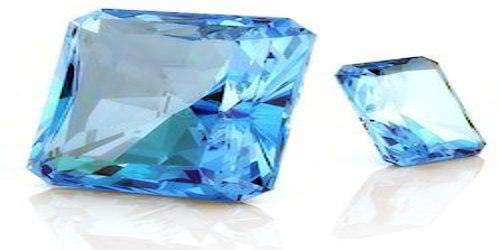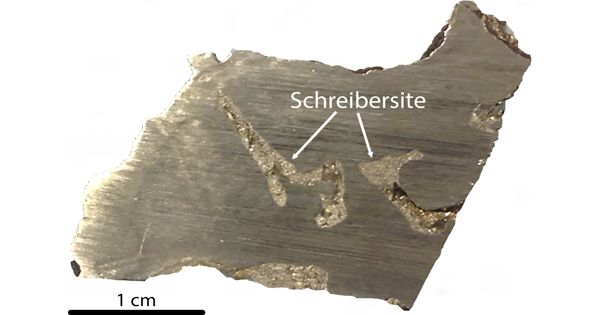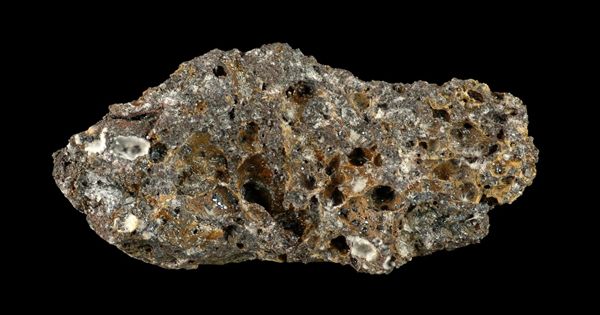Definition –
“Aquamarine” (from Latin: aqua marina, “seawater”), is the second-most-popular gem beryl and is the birthstone for the month of March. It occurs at most localities which yield ordinary beryl. The gem-gravel placer deposits of Sri Lanka contain aquamarine. Green-yellow beryl, such as that occurring in Brazil, is sometimes called chrysolite aquamarine. The deep blue version of aquamarine is called maxixe. Maxixe is commonly found in the country of Madagascar. Its color fades to white when exposed to sunlight or is subjected to heat treatment, though the color returns with irradiation.
Like emerald, its (Aquamarine) identity is defined by its color. Aquamarine has a distinct greenish blue to blue color. Unlike emerald, light-colored stones in this color range are still called aquamarine. The stones that are richly colored are the most desirable, and the stones with a very pale color are made into inexpensive jewelry.
Aquamarine embodies all things connected to the sea, as well as those things relating to Heaven reflected on the surface of the water. It becomes a mirror, reflecting itself indefinitely, making it possible to discover hidden meanings of reality. As a stone of symmetries, it is conducive for meditation and revelation, a stone of prophets, shamans, healers, and mystics. It also allows us to explore the darkest depths of our souls, face to face with ourselves, and with others.
History: In ancient lore, Aquamarine was believed to be the treasure of mermaids, and was used by sailors as a talisman of good luck, fearlessness, and protection. It was also considered a stone of eternal youth and happiness. Today it protects all who travel by, over, or near water, and opens the channels of clear and heartfelt communication.
The ancient Romans believed that aquamarine would protect against any dangers while traveling at sea and that it provided energy and cured laziness.
The pale blue, transparent crystal is a member of the Beryl family. Its color, sometimes bluish green, is caused by iron oxides within the chemical makeup of the stone. Ancient seer considered it to be under the influence of the moon, an orb exerting very great magnetic influence. Present-day supporters of crystal-gazing suggest that when using an Aquamarine to view coming events, do so when the moon is increasing. The magnetism of the moon on the included iron oxides will strengthen the stone’s forecasting ability.
Aquamarine is the blue variety of Beryl, though the Beryl family forms in other colors used as gems, such as green Emerald, yellow Heliodor and Golden Beryl, pink Morganite, Red Beryl or Bixbite, and the colorless variety, Goshenite.
General Information: The pale blue color of aquamarine is attributed to Fe2+. Fe3+ ions produce golden-yellow color, and when both Fe2+ and Fe3+ are present, the color is a darker blue as in maxixe. Decoloration of maxixe by light or heat thus may be due to the charge transfer between Fe3+ and Fe2+. Dark-blue maxixe color can be produced in green, pink or yellow beryl by irradiating it with high-energy particles (gamma rays, neutrons or even X-rays).
True Aquamarine features a stunning, translucent pale turquoise, which makes it popular for incorporating into jewelry design. Because of its connection to the sea, this healing crystal works to clear and cleanse the water element within our bodies, which is crucial to health and wellness, especially since we’re made up of 70% water. By reconnecting us to earth’s life-giving water element, Aquamarine helps to remove emotional toxicity and encourage feelings of inner peace.

Occurrences and Properties of Aquamarine –
In the United States, aquamarines can be found at the summit of Mt. Antero in the Sawatch Range in central Colorado. In Wyoming, aquamarine has been discovered in the Big Horn Mountains, near Powder River Pass. Another location within the United States is the Sawtooth Range near Stanley, Idaho, although the minerals are within a wilderness area which prevents collecting.
In Brazil, there are mines in the states of Minas Gerais, Espírito Santo, and Bahia, and minorly in Rio Grande do Norte. The mines of Colombia, Zambia, Madagascar, Malawi, Tanzania, and Kenya also produce aquamarine.
Aquamarine differs from emerald in another way it normally has far fewer inclusions and fractures. Most of the aquamarine seen in mall jewelry stores is usually eye clean and without visible fractures.
The largest aquamarine of gemstone quality ever mined was found in Marambaia, Minas Gerais, Brazil, in 1910. It weighed over 110 kg (243 lb), and its dimensions were 48.5 cm (19 in) long and 42 cm (16 1⁄2 in) in diameter. The largest cut aquamarine gem is the Dom Pedro aquamarine, now housed in the Smithsonian Institution’s National Museum of Natural History.
The color of aquamarine can usually be improved by heating. Most stones entering the retail market have been heated. Many of the greenish-blue stones offered for sale were distinctly bluish-green or even yellow beryl before treatment.
Aquamarine properties contain the healing, vibrant powers of our ancient seas. Evolved over millions of years, this stone rocks when it comes to soothing unpleasant emotions such as grief or loneliness. Aquamarine is an essential component to a healing crystal collection because it helps to reconnect us to the life-giving waters of the earth. Summoning the legendary spirit of seafarers, sailors, and magical mermaids, this gemstone reflects the deep layers of our vast oceans and its various shades of cool blues and greens. Aquamarine is also known to enhance feelings of peacefulness by encouraging inner strength and bravery, whatever the situation.

Uses and Benefits of Aquamarine –
Aquamarine has hardness of 7.5 – 8, which makes it ideal for making into a gem essence. When people infuse Aquamarine properties into water, they can use it to cleanse and activate the throat chakra whenever they need to recharge and renew. The Aquamarine gemstone is also known for its skincare benefits.
Associated with the Throat chakra, Aquamarine helps overcome the fear of speaking and is an excellent stone for teachers and presenters of all types. It relaxes speakers to a stage of consciousness in which they are fully aware of their own truths, wisdom, and feelings, and able to articulate them with clarity and conviction. It also allows one to speak clearly and without anger in difficult situations.
Aquamarine accelerates the intellectual reasoning processes and enhances the ability for rapid response. It makes one unconquerable through learning, not only about the physical world but about oneself. It bestows perseverance, discipline, and light-heartedness.
A crystal of beauty, the Aquamarine gemstone is a wonderful crystal for beautifying the body because it encourages self-respect and inner peace, the special formula for eternal youth. Make our bath time with the Aquamarine stone even more magical when we enhance its healing effects with detoxifying Himalayan sea salts and the anti-inflammatory benefits of Dead Sea salts. Light a candle for a glowing ambiance and get ready to travel far away to your happy place the dazzling blue waters of an island paradise. As we imagine dolphins frolicking in the waves, let our self sink deeper into a state of relaxation while we soak in the water essences of Aquamarine, the stone of peace and tranquility.
As a travel crystal, greenish blue Aquamarine protects those who journey by sea, alleviating the fear of water, and guards those involved in any long-haul travel such as flying or driving long distances. It is a good stone for learning to swim.
As a love crystal, pale blue Aquamarine encourages a lover to return, helps two people with different lifestyles to live together in harmony, and reduces the effects of sensitive issues that cause quarrels. Aquamarine is often given as a love token or eternity ring, and increases commitment and fidelity “as long as the waters of the earth flow.”
Information Sources:
















